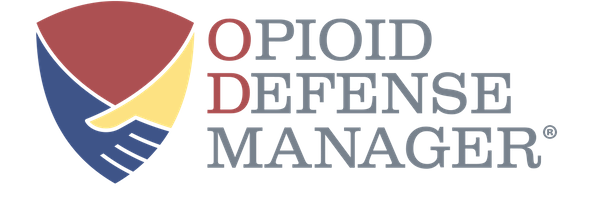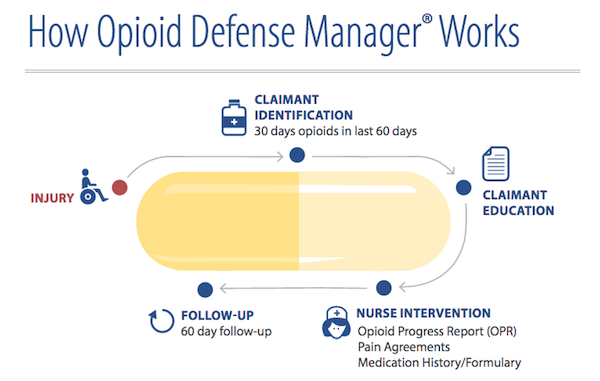The nonprofit Kaiser Health News has recently published an article titled Opioid Dependence Leads to ‘Tsunami’ of Medical Services, Study Finds.
The article reports that medical services for those diagnosed with an opioid dependence grew by 3,000 percent between 2007 and 2014. Unfortunately, this trend does not exclude the medical treatments provided through workers’ compensation services.
Opioids are the most common drugs prescribed in workers’ compensation. This drug class is linked to the highest rate of prescription drug abuse. Chronic use of opioids can lead to higher medical cost, prolonged disability, overutilization and unintentional harm.
Modern Medical, VML Insurance Programs’ (VMLIP) medical management savings provider, has developed the Opioid Defense Manager® (ODM) program to address the rising costs of opioid addiction.

The ODM® program is designed to help VMLIP members achieve additional savings, while continuing to protect injured employees.
ODM® focuses on prevention, and is designed to stop the rising opioid abuse in workers’ compensation. ODM® is a proactive program designed to protect employees, physicians and employers by reducing inappropriate drug use, while maintaining the necessary balance to provide pain relief for employees.
The program works by identifying employees who are at risk for prolonged disability, opioid dependence and risk of harm for opioid therapy. Modern Medical’s clinical team of registered nurses and pharmacists collaborate with prescribing physicians to ensure appropriate opioid therapy.
The core of the program is the Modern Medical Nurse Intervention. Modern Medical continues to review physician opioid progress reports every 60 days, preparing pain agreements, and monitoring outcomes from injured employees in coordination with clinical pharmacists on staff.

The program also utilizes TruNet™ alerts to monitor patterns of prescription refills – alerting staff for activities such as: early narcotic refill attempts or using multiple physicians and pharmacies; duration and dosage of drug use; concurrent drug use such as the use of a narcotic and sedative; and utilization.
Since the program began in 2012, the ODM® program has seen a 19 percent decrease in opioid medication costs and a 46 percent decrease in opioid utilization.For more information on the ODM® program, visit the Modern Medical website or read the ODM brochure.


